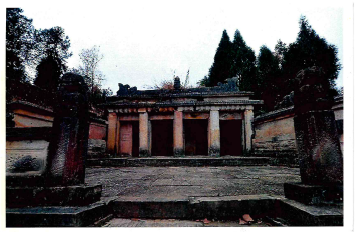The Amalfi coast is an area of great physical beauty and natural diversity. It has been intensively settled by human communities since the early Middle Ages. There are a number of towns such as Amalfi and Ravello with architectural and artistic works of great significance. The rural areas show the versatility of the inhabitants in adapting their use of the land to the diverse nature of the terrain, which ranges from terraced vineyards and orchards on the lower slopes to wide upland pastures.
Province of Salerno, Campania
N40 38 60 E14 35 60
Date of Inscription: 1997
Criteria: (ii)(iv)(v)
Property : 11,231 ha
Ref: 830
Source: http://whc.unesco.org
















